Stone tools and shells from the Middle Stone Age: photo essay
Maropeng’s new fossil display, What makes us human: The significance of the Sibudu Cave shelter, shows the impressive cognitive powers of our ancient ancestors. From multi-purpose knives and other stone tools they created, to more aesthetic elements like shell jewellery, thought to have been used for adornment or trade, early Homo sapiens left behind intriguing evidence that speaks of their level of intelligence and creative thinking.
Principal investigator at the Sibudu Cave shelter, Professor Lyn Wadley, has led a team of archaeologists at the rock shelter for the past 14 years. Her research has shown that, during the Middle Stone Age 77,000 years ago, our human ancestors were smart enough to choose plants that contained insect repellent to sleep on, among a host of other discoveries.
The exhibition is currently on display at Maropeng until the end of May 2012. The following photos give a good indication of what you can expect to find.
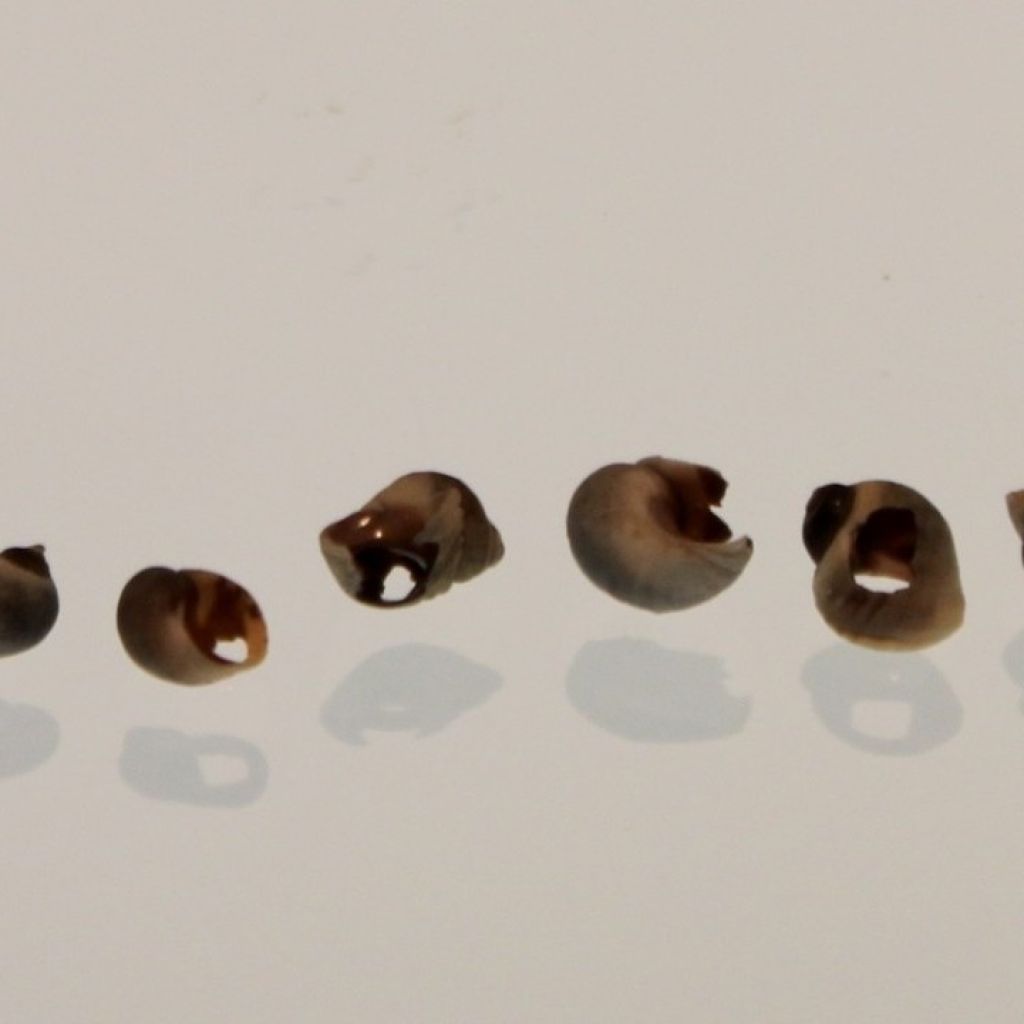
Pierced shells from the Still Bay technological period dating back 72 000 years. These shell beads are another indicator of the development of modern behaviour. Possible uses could include adornment or a form of exchange.
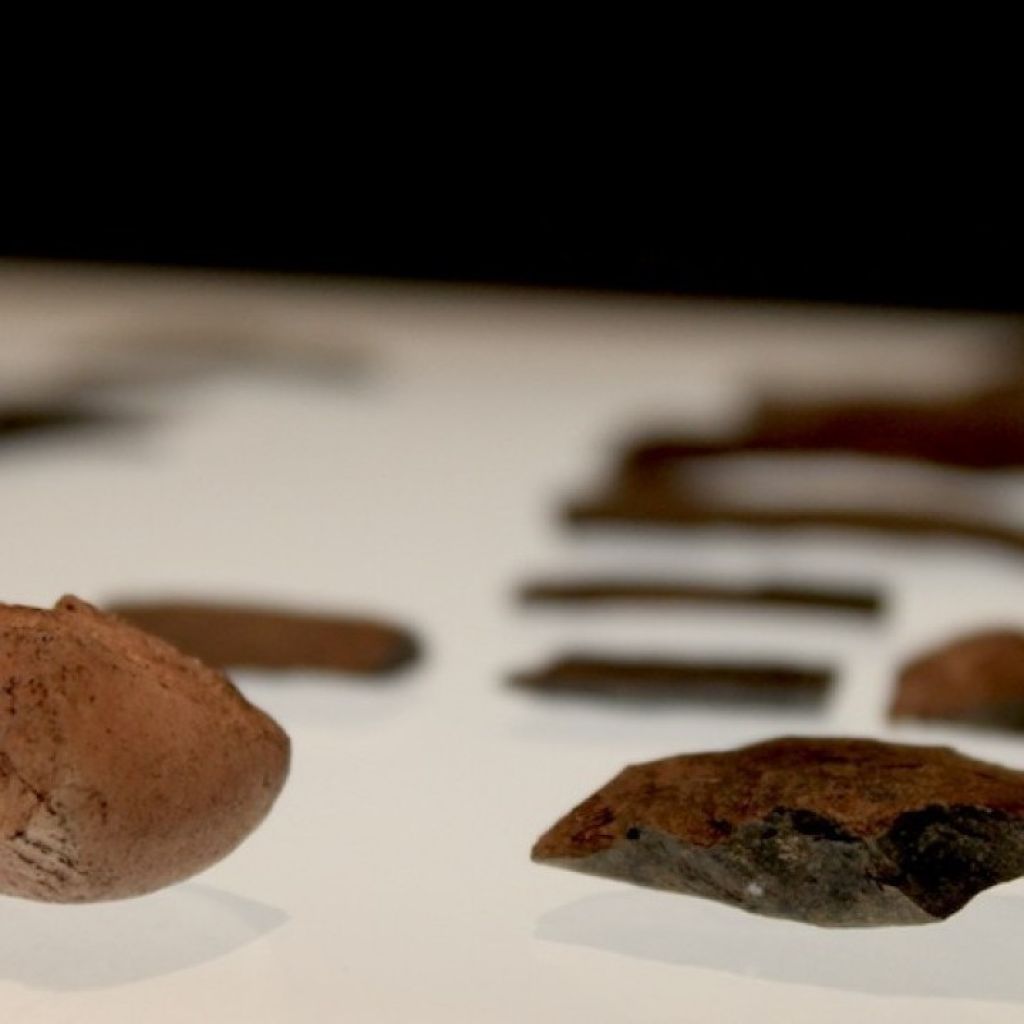
The Howiesons Poort tools displayed here include segments, blades, blade cores and backed tools. This industry of the Middle Stone Age lasted approximately 5 000 years between 65 000 and 59 000 years ago. Fine-grained stone such as silcrete and quartz makes up a large percentage of Howiesons Poort artefacts.
These blades are shaped like the segment of an orange, with a sharp cutting edge on the straight lateral and an intentionally blunted and curved back. These were attached to shafts or handles by means of ochre and plant adhesive, or fat mixed with plant material.
Segments were often made with a cutting edge along their entire length, which required that they be attached to their hafts without twine, therefore calling for strong glue.
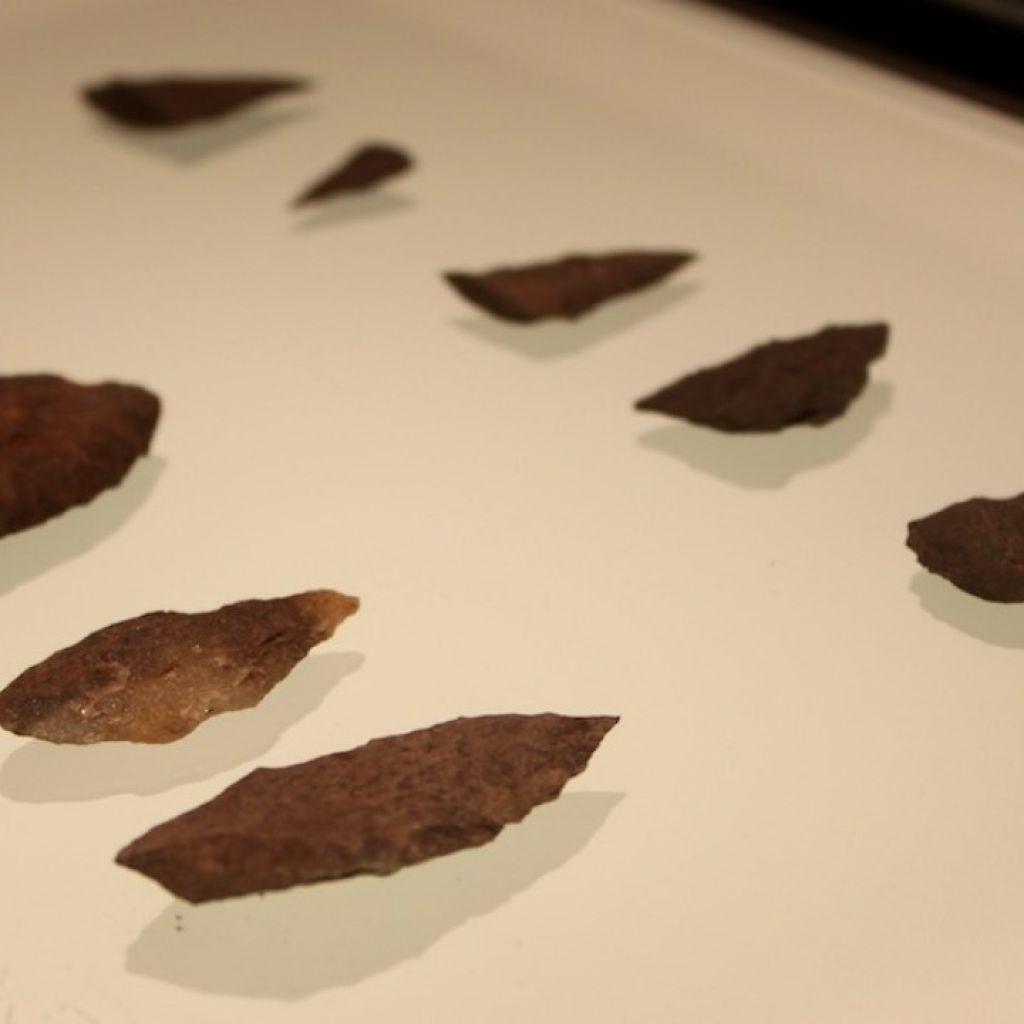
These bifocal points date back 72 000 years. A biface is a two-sided stone tool used as a multi-purpose knife, manufactured through a process of lithic reduction that displays flake scars on both sides. A profile view of the final product tends to exhibit a lenticular shape (ie such as a convex lens). Bifacial artefacts can be made on large flakes or blocks, and may be grouped into numerous, distinct classes.
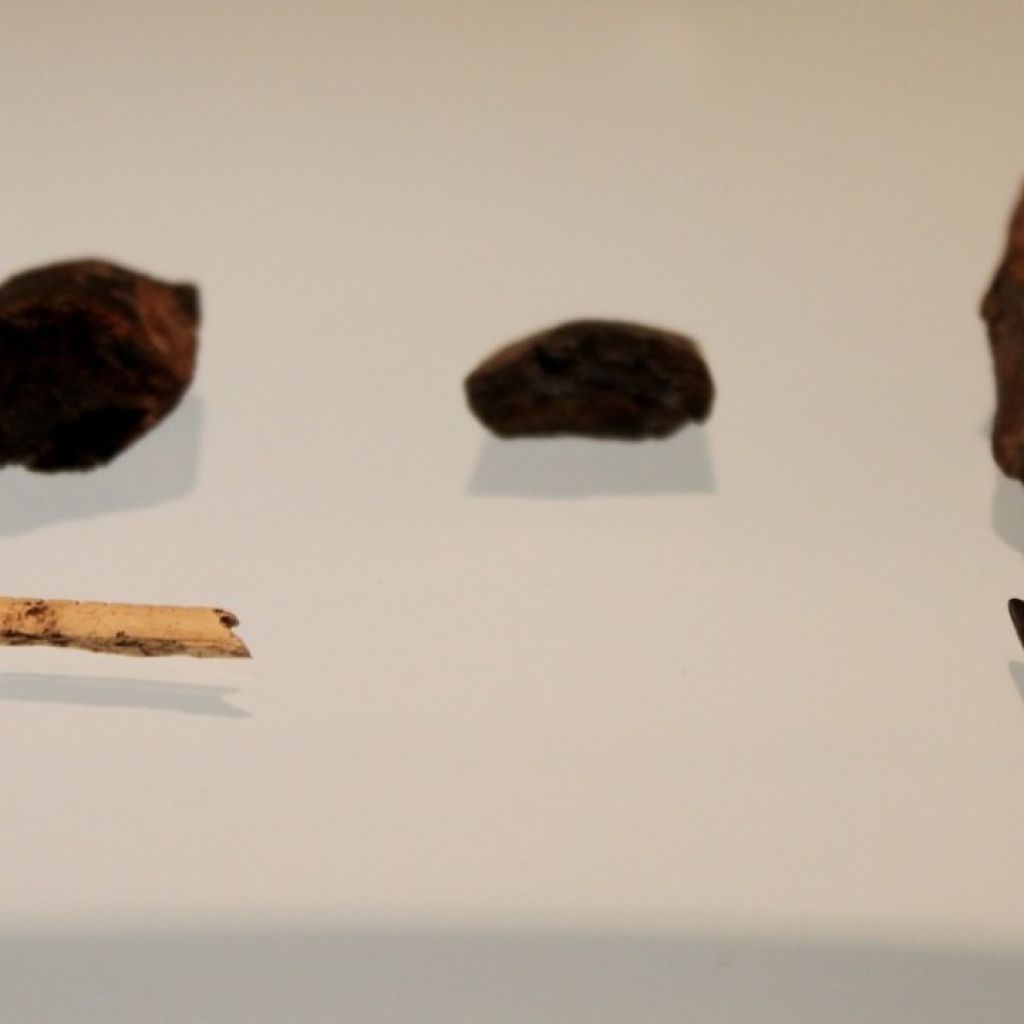
The wedge, indicated by the arrow, dates back to the Pre Still Bay technological period 73,000 years ago. The earliest known bone needle dated 61,000 years ago, has a wear similar to that found in bone needles used to puncture animal hide.
The engraved bone is significant, as microscopic studies have shown there are no traces of any residue it might have been used with, eg animal skin. This suggests a possible symbolic reason for the markings.
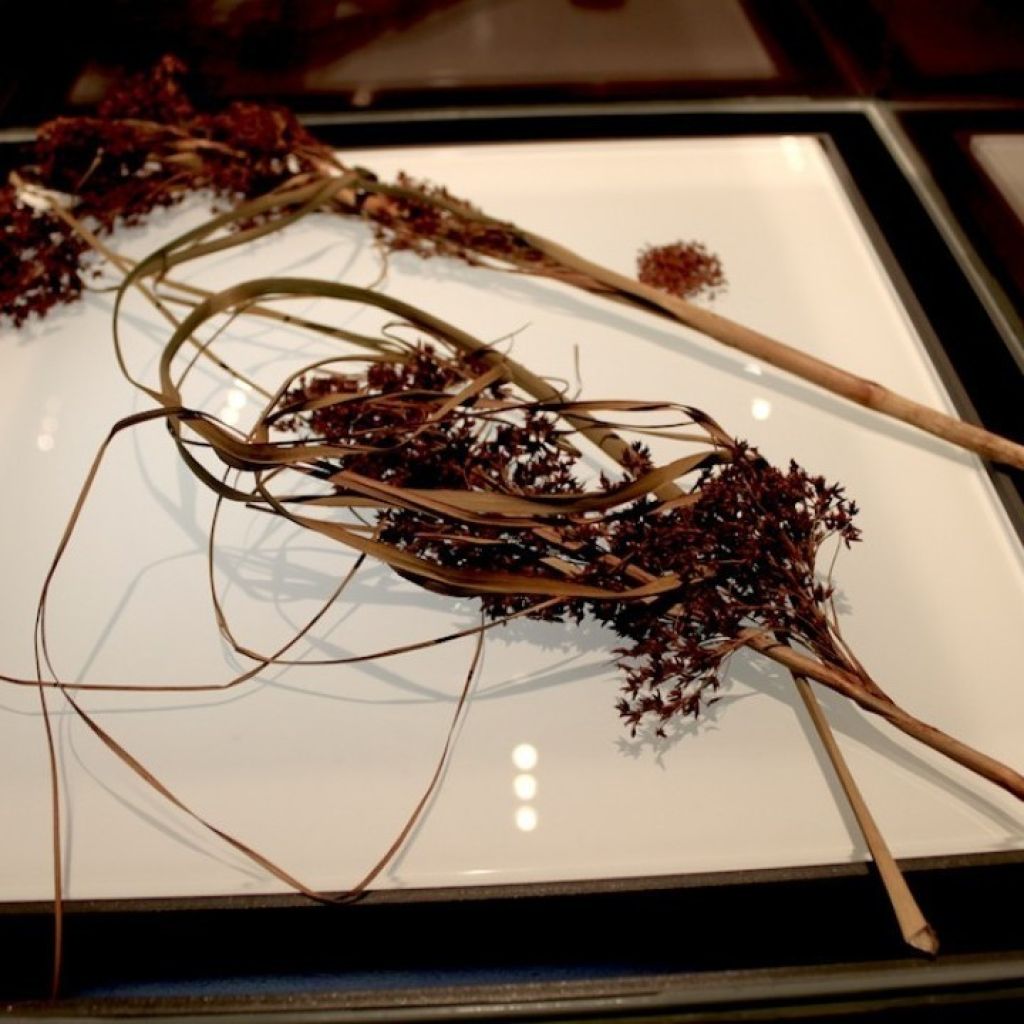
Modern Cladium with seeds.
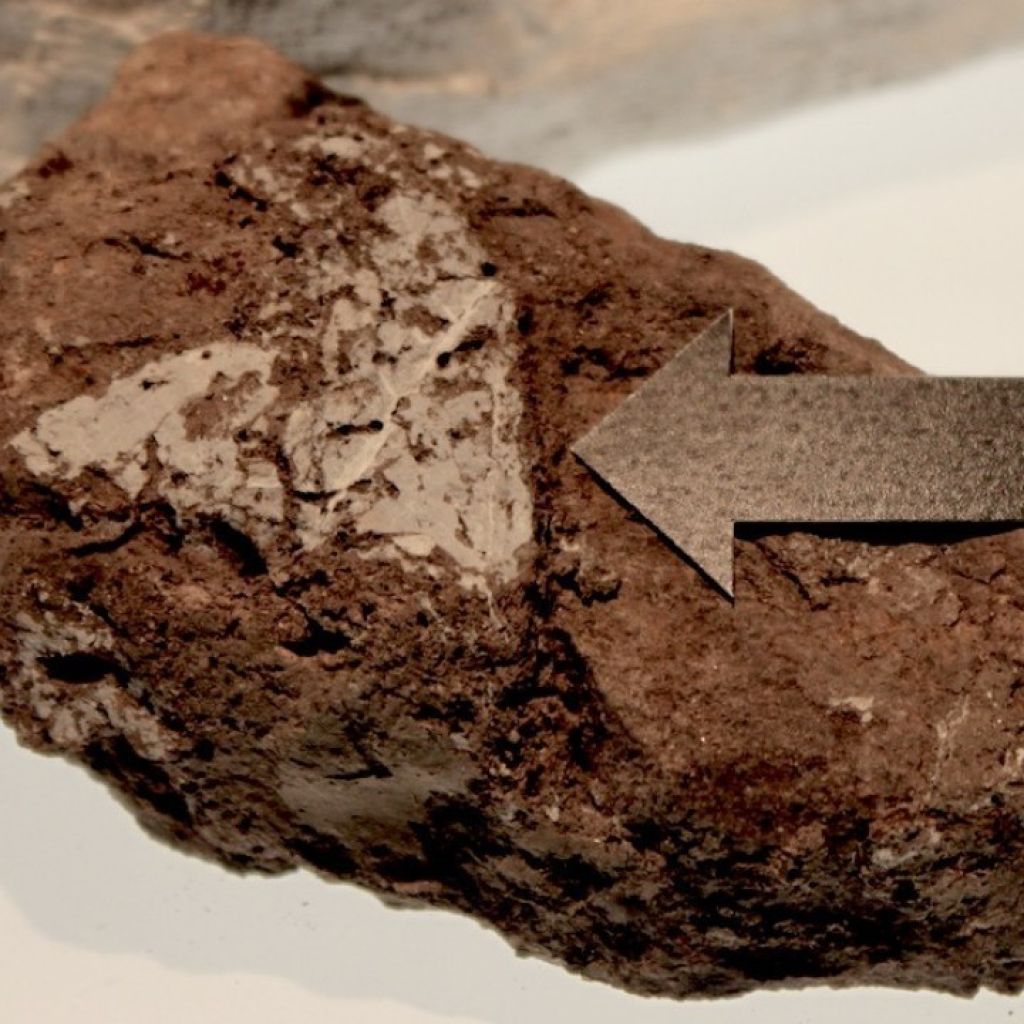
Archaeological remains of Cryptocarya woodii. The fine detail of the leaves is clearly visible even to the naked eye.